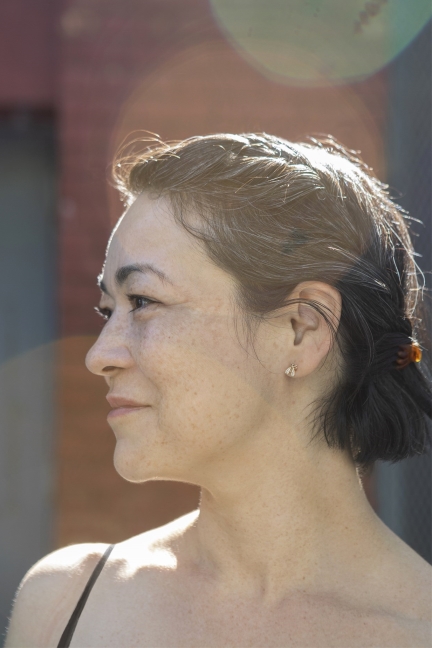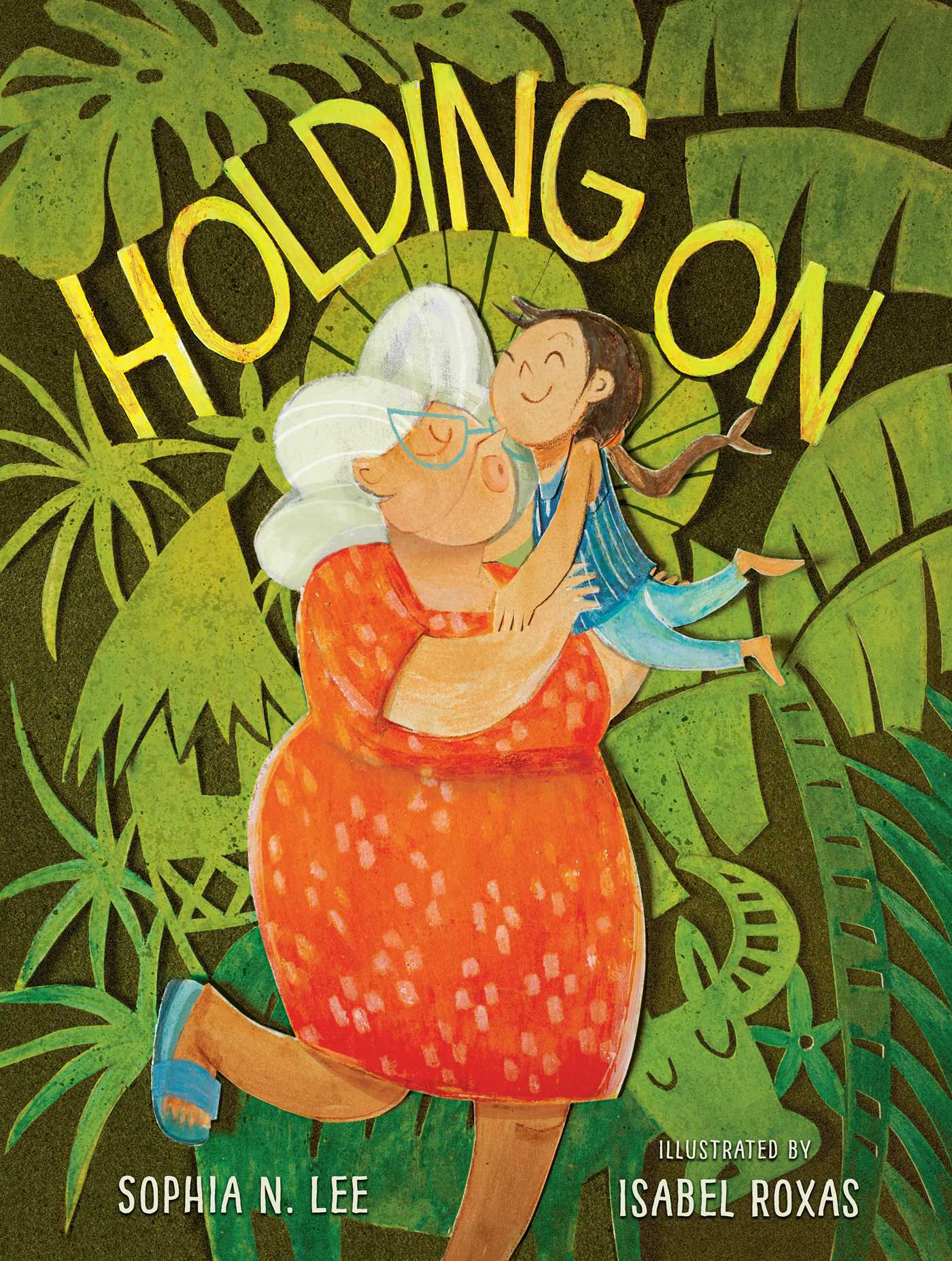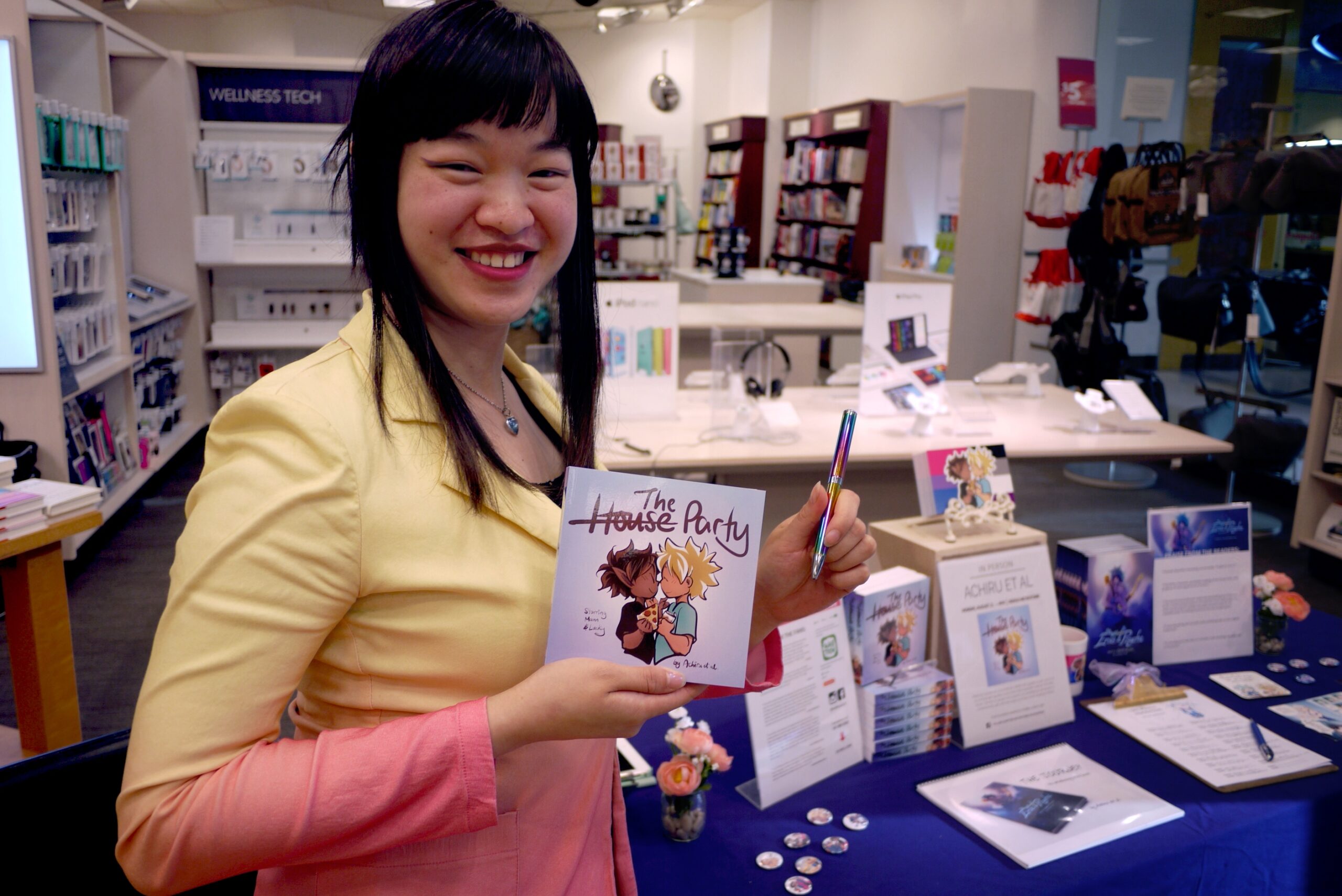
by Michele Kirichanskaya | Apr 29, 2023 | Blog
Sabina Hahn is a Brooklyn based illustrator, animator, and sculptor who loves stories and tall tales. Sabina has been drawing from before she was born; she is a master of capturing subtle fleeting expressions and the most elusive of gestures. She is a co-founder of...

by Michele Kirichanskaya | Apr 27, 2023 | Blog
Sophia N. Lee grew up in the Philippines. She wanted to be many things growing up: doctor, teacher, ballerina, ninja, spy, wizard, journalist, and lawyer. She likes to think she can still be all these things and more through writing. She looks a lot like her lola...

by Michele Kirichanskaya | Apr 22, 2023 | Blog
Born to immigrant parents from Hong Kong, Achiru et al (1988) is the creator of UNSPOKEN, the Myth of Eros and Psyche, and the Mann and Lucky Channel. Growing up watching anime and reading manga from Japan, Achiru was inspired to make her own comics. Since 2002, she’s...

by Rebelle Summers | Apr 21, 2023 | Blog
Being alive is a trip. There is no beauty, horror, and ass-kicking quite like navigating a lifetime. I don’t have much else to compare that to because, as far as I know, I haven’t not been alive, but one thing that seems apparent to me is that we all get put through...

by Kevin Gilligan | Apr 20, 2023 | Podcast
In this new episode of the Geeks OUT Podcast, Kevin (@Gilligan_McJew on all socials) is joined by Geeks OUT President, Nic Gitau (@cocodevaux), as they discuss the trailer for the new Barbie movie, the new digital/print comics publisher DSTLRY, and what they’re...






